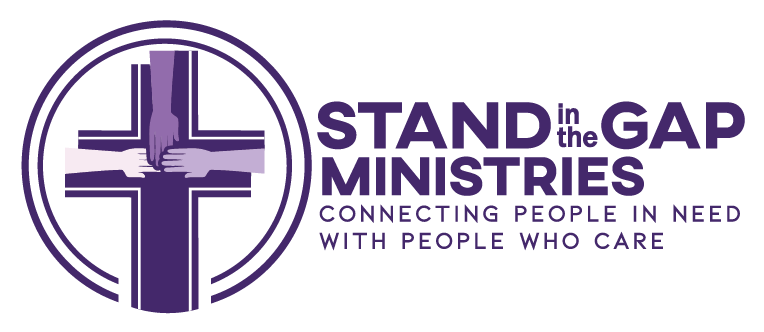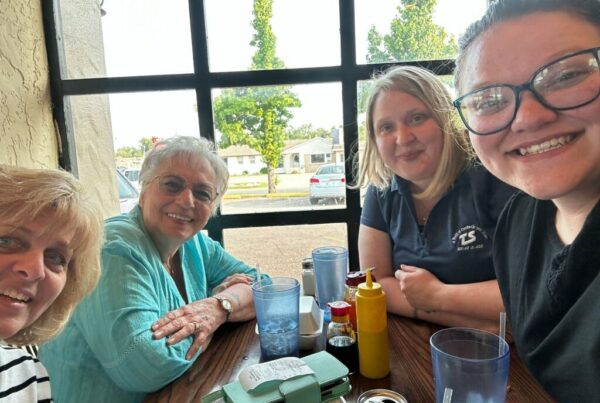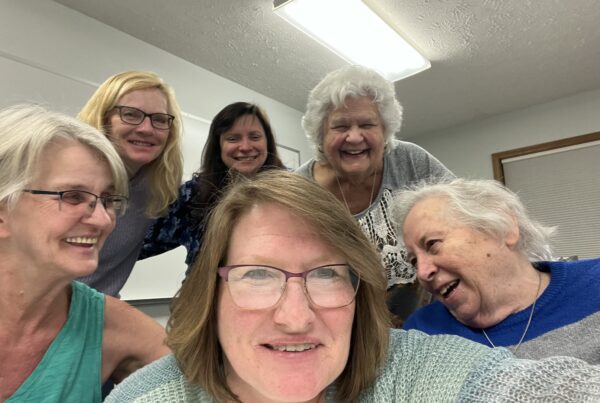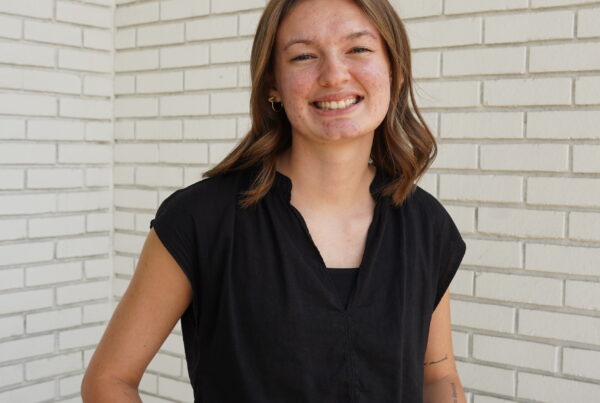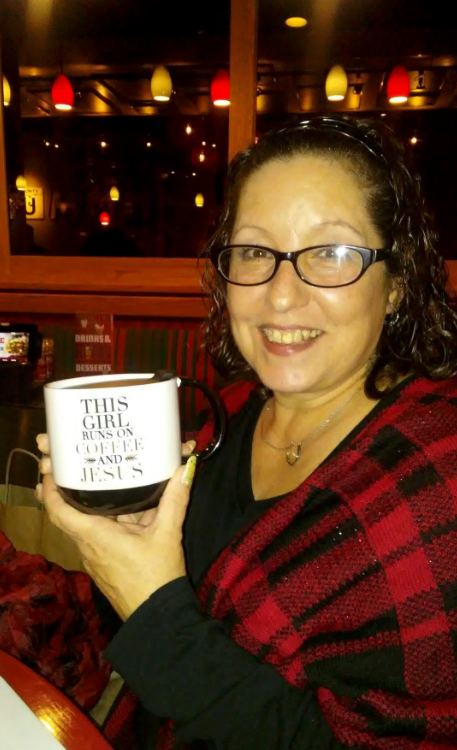
Connie Golden starts telling her story by showing the Florida mug shot of her mother — the last photo she has of her.
She follows with her own mug shots along with those of her sister and brother.
Tucked at the back of the document stack comes the reason for her public life-of-crime confessional. Prison photos of two of her daughters.
This is where she cries. This is where a realization struck her hard.
“What have I done? What kind of legacy am I leaving my grandchildren?” Golden ponders.
“I want to rescue my grandchildren from this. I want to know them and see them. I don’t want this to go to them. It’s like a family curse on us.”
Incarceration often follows a family tree. Statistics show children of imprisoned parents have a more likely chance of following suit.
Breaking the cycle takes more than sheer willpower. It takes an army of programs from prevention to intervention with specialties in mental health, addiction and trauma.
Oklahoma has been No. 1 in the rate of female incarceration since at least 1991, with one year of dipping to second. The state is No. 2 in overall incarceration and expected to claim the top spot by year’s end.
Tulsa and Oklahoma counties have embraced the notions of smart-on-crime with community foundations, nonprofits and faith-based groups working with prosecutors and judges to find alternatives to prison.
Historically, the state’s two most-populated counties sent the most inmates into the Oklahoma Department of Corrections.
Not anymore, according to new data analysis shared by Felicity Rose, chief of research for criminal justice reform for the nonprofit advocacy group FWD.us.
Last year, 40 percent of the state’s prison admissions came from Tulsa (14 percent) and Oklahoma (26 percent) counties. The rural areas now dominate the prison population.
Also, about 75 percent of admissions are for nonviolent crimes, typically drug offenses or those tied to mental illness.
Golden’s first arrest came in 1988 in Pottawatomie County, a drug bust. For the next 20 years, she spent all but about six months behind bars or under some correctional supervision.
It started with a childhood in Florida with a mother who got her kids involved in the drug-selling trade.
“I remember, as a kid, scraping drugs out of the Pyrex dishes for her, but nothing I did was good enough,” Golden said. “I couldn’t commit crimes good enough, but I always went to her for love.”
The rough existence included abuse and neglect. She witnessed the shooting death of her grandfather, who had mental illness, and a local police SWAT team at least once surrounded their home.
“If you drove by our home, you wouldn’t know what was going on inside,” she said. “We drove Cadillacs, dressed well and were rich. You don’t have to be poor for things like this to happen. We lived a shadow life.”
Golden was sent to her biological father in Oklahoma, whom she barely knew. She describes being around alcoholics and being sexually abused by at least two family members, which led to abortions as a teenager.
In school, she was in special education classes but says she “felt stupid and like an outcast.” By age 20, she had two children and one divorce.
When she had her third child in 1986, the infant was born addicted to drugs. In 1988, she shot and killed an abusive husband but was never charged.
“I couldn’t take it though,” she said. “You have to live with yourself after that when you take a life. After that, I thought, ‘I’ll be the best criminal I can be.’ I could at least be accepted in my family.”
Golden’s drug habits took her into prisons across the country, from Florida to Alaska. Her children went into foster care as she got involved in gangs, which eventually forced her into prostitution.
“I had gotten in so deep. You get to the point where you don’t have a choice anymore,” Golden said.
After a gang member severely beat her — photos of the aftermath shows the tread of a boot’s sole on her cheek and several broken bones — Golden turned herself into police on outstanding warrants to go to prison, again.
Keeping the “corrections” part of the DOC name has been a challenge with burgeoning inmates and less state funding available. Since 2010, the prison population has grown by 4 percent.
The female count last year was 4,930, according to a DOC spokesman. Wall-to-wall inmates create a difficult environment to apply therapeutic practices.
Golden participated in a Women in Transition program offered by the Tulsa nonprofit Stand in the Gap, one of many non-DOC groups providing services in state prisons.
That 12-week program reached about 1,600 women in Oklahoma prisons last year, said Stand in the Gap Executive Director Francois Cardinal. Women completing the program have the option for a follow up upon release that includes a support team and network to transitional living and workforce development.
About 50 women took advantage of this part of the program last year, Cardinal said.
“We are helping women understand that where you came from — that experience — is not normal,” Cardinal said. “There is a normal, but they have never been exposed to that. Many have never seen a normal relationship.”
Stand in the Gap found that 90 percent of women completing the entire program were not re-arrested.
In the past three years, the program has reunited 150 children with their mothers.
“This is why we do this — to restore these families,” Cardinal said.
Through Stand in the Gap, Golden has stayed sober and clean. She has reconnected with her three daughters, including regularly writing two who are serving time in prisons, one in Arkansas and one in Texas. The third, that once-sick infant, is a healthy military wife with children.
Golden has a job as a front-desk worker in a hotel and proudly shows off photos of her grandchildren. She is determined to keep them away from crime by being their safe haven.
After she told her story, I asked what could have prevented all of this.
“Someone getting to me as a kid, stopping it early,” she said. “We have to get to the children.”
